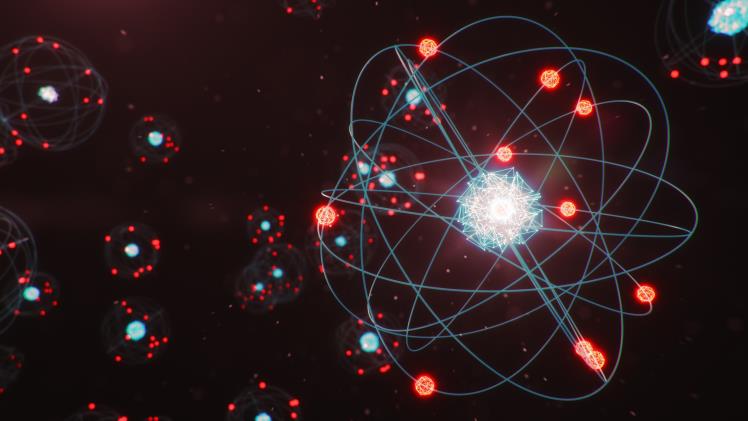The atom, as a fundamental unit of matter, has captured the imagination of scientists and philosophers for centuries. In the quest to comprehend the nature of the universe, understanding the atom’s definition is pivotal. From ancient speculations to modern scientific breakthroughs, the concept of the atom has undergone a remarkable evolution, shaping our understanding of the cosmos and revolutionizing countless fields of study.
The Historical Journey:
The journey to define the atom traces back to ancient civilizations such as Greek and Indian philosophers who pondered the nature of matter. Among them, Democritus, a Greek philosopher, proposed the concept of atomos, suggesting that matter consists of indivisible particles. However, it wasn’t until the 19th century that John Dalton introduced the modern atomic theory, postulating that atoms are the building blocks of all matter and that different elements consist of unique atoms.
The Modern Definition:
In contemporary scientific discourse, the atom is defined as the smallest unit of an element that retains its chemical properties. At its core, an atom comprises a nucleus composed of protons and neutrons, surrounded by a cloud of electrons orbiting the nucleus in distinct energy levels or shells. This structure is often likened to a miniature solar system, with the nucleus analogous to the sun and the electrons akin to planets orbiting around it.
Components of an Atom:
Protons: Positively charged particles found in the nucleus, protons contribute to the atom’s overall positive charge. Each proton carries a fundamental unit of positive electric charge, denoted as +1.
Neutrons: Neutrally charged particles also located in the nucleus, neutrons add mass to the atom without affecting its overall charge. Neutrons are electrically neutral, meaning they carry no net electric charge.
Electrons: Negatively charged particles that orbit the nucleus in specific energy levels or electron shells. Electrons are much smaller and lighter than protons and neutrons but play a crucial role in determining the chemical behavior of atoms.
Significance of the Atom:
Foundation of Chemistry: The concept of the atom serves as the cornerstone of chemistry, providing a framework for understanding the composition, structure, and behavior of matter. By elucidating the interactions between atoms, scientists have unlocked the secrets of chemical reactions, enabling advancements in diverse fields such as medicine, materials science, and environmental studies.
Quantum Mechanics: The study of atoms has paved the way for the development of quantum mechanics, a branch of physics that describes the behavior of particles at the atomic and subatomic levels. Quantum mechanics challenges classical notions of determinism and introduces probabilistic interpretations, offering profound insights into the fundamental nature of reality.
Technological Innovations: Our understanding of atoms has catalyzed a myriad of technological innovations, from semiconductor devices and nanotechnology to nuclear energy and medical imaging. By harnessing the unique properties of atoms, scientists have unlocked unprecedented avenues for innovation and discovery, revolutionizing industries and improving quality of life.
Contemporary Research and Challenges:
Despite our profound understanding of the atom, numerous mysteries remain. Contemporary research endeavors, such as particle physics experiments and quantum computing initiatives, aim to unravel the enigmatic nature of atoms and their constituent particles. Challenges such as understanding the behavior of exotic atoms, probing the fundamental forces governing atomic interactions, and harnessing atomic-scale phenomena for practical applications continue to drive scientific inquiry and innovation.
Conclusion:
In conclusion, the atom stands as a symbol of humanity’s insatiable curiosity and relentless quest for knowledge. From ancient philosophical musings to cutting-edge scientific investigations, the definition and significance of the atom have transcended disciplinary boundaries, shaping our understanding of the cosmos and fueling technological progress. As we navigate the complexities of the atomic realm, one thing remains certain: the atom’s enduring relevance as a fundamental building block of the universe will continue to inspire and captivate generations to come.

